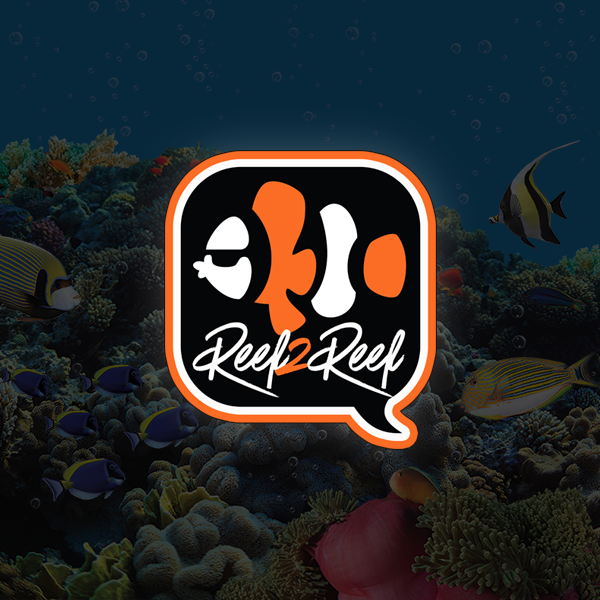I am starting a 150 gallon reef tank. I cycled with Dr Tim's and added my first batch of fish last week. 5 Anthias and 1 Goby. I have been monitoring ammonia and nitrite every day and have noticed no changes. I also do 2.2 gallon daily auto water changes. How long before I will know that the tank is ready for more fish load?
Thanks.
Thanks.





















